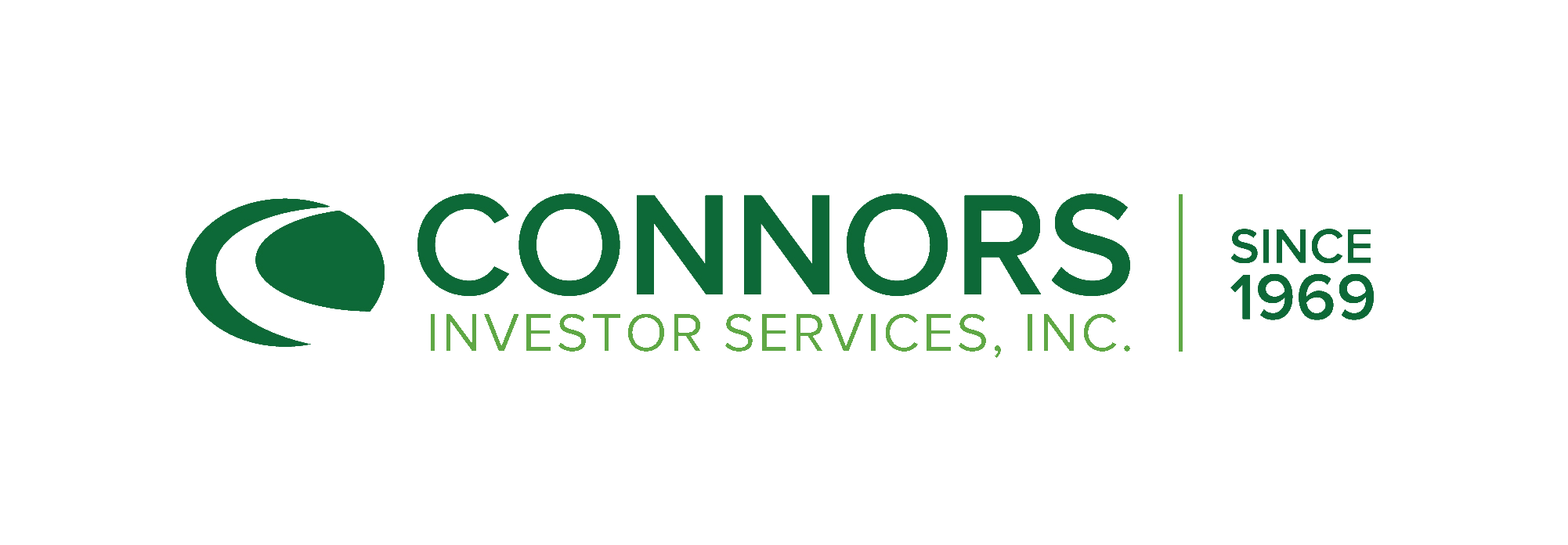2022 Q1 Small Companies Commentary
by Brian G. McCoy, CFA, on April 03, 2022
Only a few short months into 2022, volatility has fulfilled, so far, our “challenging but ultimately positive” outlook for the year from our previous commentary at the end of last year. Investors are facing a more nuanced environment as an increasing number of economic and geopolitical crosscurrents cloud visibility. Economic data continues to be positive on a number of fronts as have been indicated in employment, housing, corporate earnings, industrial production, and other data. The Conference Board US Leading Index also continues to be at a positive level. In short, demand is positive.
With all the uncertainty, major market indices declined during the first quarter. Representing our world of small company stocks, the Russell 2000® declined by 7.53%. Our Small Companies portfolio outperformed with return of -5.26%, net of fees.
Our leaders during the fourth quarter were as follows:
Aerovironment (AVAV), a designer and developer of small unmanned aircraft (drones), has benefited from potential anticipated defense spending increases due to the geopolitical events unfolding in Europe which should continue to drive positive fundamental growth. Additionally, management has been expanding their platform with acquisitions which have added artificial intelligence capabilities, unmanned ground vehicles and medium sized unmanned aircraft to their solutions offerings.
Computer Programs & Systems (CPSI), a electronic healthcare solutions and services company, has been a solid performer for our portfolio for some time. Management began an effort to drive efficiencies and improve their growth opportunities over a year ago that is proving to be successful. A number of acquisitions have expanded their offerings, increased the total addressable market and improved their growth profile.
Artivion (AORT), rounded out our top performers for the first quarter. AORT is a medical device company focused on the cardiovascular market. Having brought his experience and expertise from his time at Medtronic, the CEO reinvigorated AORT (formerly known as Cryolife) with acquisitions which have added complementary products and expanded their product pipeline. Higher spending on clinical trials and development over the next 12-18 months should begin to drive a higher revenue growth rate and higher margins as product approvals in the U.S. are anticipated.
With the increased volatility, we had a slightly higher level of turnover than usual. From a selling perspective, we exited our holding of Bottomline Technologies (EPAY) due to their announced acquisition by a private equity firm. Additionally, we trimmed our holdings in PDCE and Ameresco (AMRC) as their strong relative performance in the quarter drove their position weights higher.
Proceeds from our sales were deployed into existing holdings of CalAmp (CAMP), Akoustis (AKTS), and CLNE. We also added three new positions which included Telos Corp. (TLS), a cyber security software company; Cambium Networks (CMBM), a wireless broadband networking infrastructure provider; and Cryoport (CYRX), a vertically integrated cyrogenic logistics solutions provider for the life sciences industry.
To begin the new year, we are overweight Consumer Discretionary, Financials, Energy, Healthcare and Technology. Our sector weightings in Consumer Staples, Materials and Real Estate are less than our benchmark. Finally we are in-line with our Industrials exposure and continue to have no holdings in Communications or Utilities.
As indicated above, economic data does continue to generally indicate economic growth for the year, albeit at a more moderate rate than experienced in 2021. Consensus GDP growth of approximately 3.5% for the US market this year generally correlates to positive corporate profit growth and positive market returns. Then of course we continue to have inflation pressures throughout the economy from supply and demand imbalances which is requiring the Federal Reserve to increase interest rates and embark on quantitative tightening.
On the supply chain issue, we are hearing from some companies that issues in certain areas are moderating. For instance, in-bound shipping costs are seeing some moderation stemming from lower containerized freight pricing and some of the bottlenecks at ports are starting to get better. There is also some evidence that pockets of semiconductor availability is getting better and some companies are beginning to have better visibility of supply.
Next, as we are all well aware, from the gas pump to the bread aisle there are inflationary pressures. Though the headline Consumer Price Index measure of 7.9% gains the most attention as it sits at a 40-year high, other measures are equally impressive. The Federal Reserve Bank of Cleveland Trimmed-Mean Index and Atlanta Fed Core Sticky CPI ex Shelter Index, both of which seek to factor out volatile factors, are also at decadal highs. These costs threaten a number of aspects of the economy, most notable at the moment is that consumer sentiment is down from its highs last year as is small business optimism. So far, companies have pricing power to maintain margins but from raw materials to labor it is a challenging environment that requires constant operational diligence.
Yet, as we have highlighted over the years, with risk comes opportunity. With heightened geopolitical risks and continued supply chain challenges, a reversal of the globalization of the world economic order is being evaluated. In fact, searching ‘deglobalization’ in Google Trends and Google Books Ngram Viewer, shows the highest level for that term in years. As a more domestic asset class, small companies may be long-term beneficiares. This is clearly not a certainty but should the trend persist, it could potentially increase the interest in the asset class.
As we sought to summarize our view of the market for this letter, we concluded the best way to describe our current outlook is that we are in a state of perplexity. This is not to say we are negative in our outlook nor are we suffering from a lack of ideas. But with the numerous economic cross currents and geopolitical risks, we are in a state of mental uncertainty. At a recent conference, the first in-person event we have attended in two years, many of our fellow professionals we spoke to are similarly disposed as they wrestle with all the various risk impacting markets.
As always, we appreciate your continued confidence.
Learn more about the Connors Small Companies Strategy including access to materials and commentary...
Important Disclosure Information
This material is being provided for informational purposes only. Any information should not be deemed a recommendation to buy, hold or sell any security. Certain information has been obtained from third-party sources we consider reliable, but we do not guarantee that such information is accurate or complete. This report is not a complete description of the securities, markets, or developments referred to in this material and does not include all available data necessary for making an investment decision. Prior to making an investment decision, please consult with your financial advisor about your individual situation. Investing involves risk and you may incur a profit or loss regardless of strategy selected. There is no guarantee that the statements, opinions or forecasts provided herein will prove to be correct. Opinions are subject to change without notice.
Please remember that past performance may not be indicative of future results. Different types of investments involve varying degrees of risk, and there can be no assurance that the future performance of any specific investment, investment strategy, or product (including the investments and/or investment strategies recommended or undertaken by Connors Investor Services, Inc. [“Connors]), or any non-investment related content, made reference to directly or indirectly in this commentary will be profitable, equal any corresponding indicated historical performance level(s), be suitable for your portfolio or individual situation, or prove successful. Due to various factors, including changing market conditions and/or applicable laws, the content may no longer be reflective of current opinions or positions. Moreover, you should not assume that any discussion or information contained in this commentary serves as the receipt of, or as a substitute for, personalized investment advice from Connors. Historical performance results for investment indices, benchmarks, and/or categories have been provided for general informational/comparison purposes only, and generally do not reflect the deduction of transaction and/or custodial charges, the deduction of an investment management fee, nor the impact of taxes, the incurrence of which would have the effect of decreasing historical performance results. It should not be assumed that your Connors account holdings correspond directly to any comparative indices or categories. Please Also Note: (1) performance results do not reflect the impact of taxes; (2) comparative benchmarks/indices may be more or less volatile than your Connors accounts; and, (3) a description of each comparative benchmark/index is available upon request.







